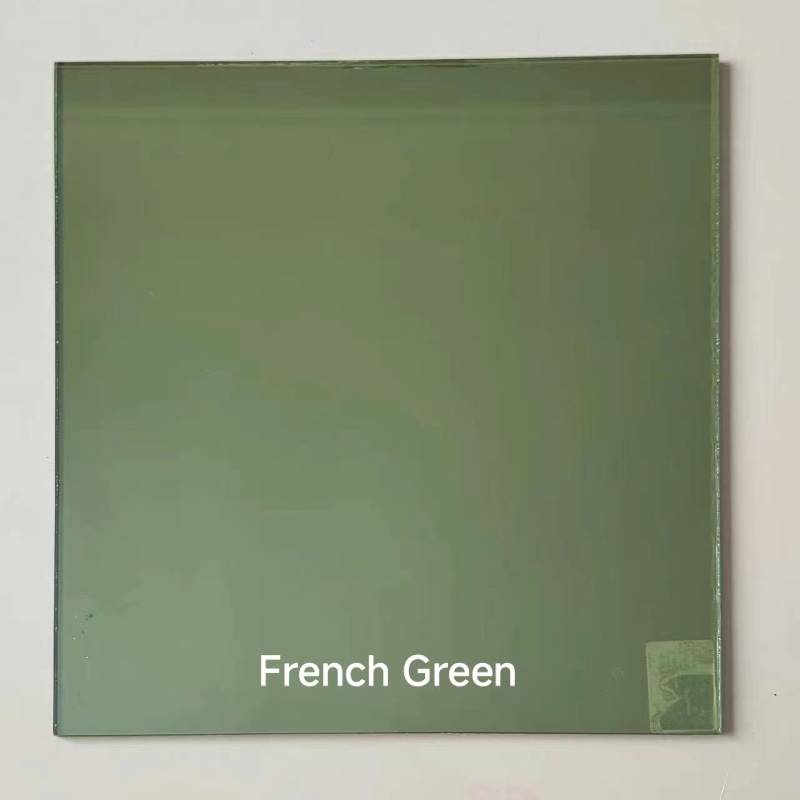

The Fascinating World of One-Way Mirror Glass
One-way mirror glass, also known as two-way mirror or semi-reflective glass, is a unique material that has intrigued architects, designers, and psychologists alike. This glass allows light to pass through on one side while reflecting light on the other, creating a visual phenomenon that has numerous practical applications and psychological implications.
Understanding the Mechanism
The principle behind one-way mirror glass lies in its reflective coating, which is thin enough to allow a portion of light to pass through while reflecting the rest. When one side is well-lit and the other side is in dim light, the glass appears transparent from the bright side while remaining reflective from the darker side. This natural optical illusion can be exploited in various settings, making it a significant element in modern design and surveillance.
Applications in Architecture and Design
The Fascinating World of One-Way Mirror Glass
Additionally, one-way mirror glass is utilized in commercial spaces like offices and conference rooms. By incorporating this glass, designers can create environments that beget a sense of openness while maintaining confidentiality. Notably, the contemporary office trend of having transparent, yet private, workspaces is facilitated by the clever use of this glass.

Psychological Implications
The psychological ramifications of one-way mirror glass are profound. Its use in observational studies highlights the impact of being watched on behavior. The Hawthorne effect, where individuals modify their behavior when they know they are being observed, is an important consideration in any study employing one-way mirrors. Researchers must be aware of this effect to mitigate bias in their findings.
Moreover, the dual nature of the glass can evoke sensations of surveillance and security. In public spaces, one-way mirrors can make individuals feel secure because they can see outside while remaining unseen. On the flip side, they may also induce feelings of paranoia, as individuals become conscious of the possibility of being observed without their knowledge.
Trends and Innovations
In recent years, the technology surrounding one-way mirrors has evolved, leading to smarter applications. With advancements in smart glass technology, one-way mirrors can be transformed into transparent glass at the touch of a button, enabling users to shift between privacy and visibility as needed. This innovation is particularly valuable in environments where adaptability is critical, such as in homes and workplaces.
Conclusion
One-way mirror glass is a remarkable material that bridges the realms of architecture, psychology, and modern technology. Its ability to provide privacy while maintaining visibility poses unique challenges and opportunities across various fields. As we navigate an increasingly monitored world, the understanding and application of one-way mirrors will continue to evolve, fostering an intriguing dialogue about visibility, privacy, and the human experience. The future may hold even more innovative uses for these fascinating glass panels, making them a fascinating topic for study and exploration.